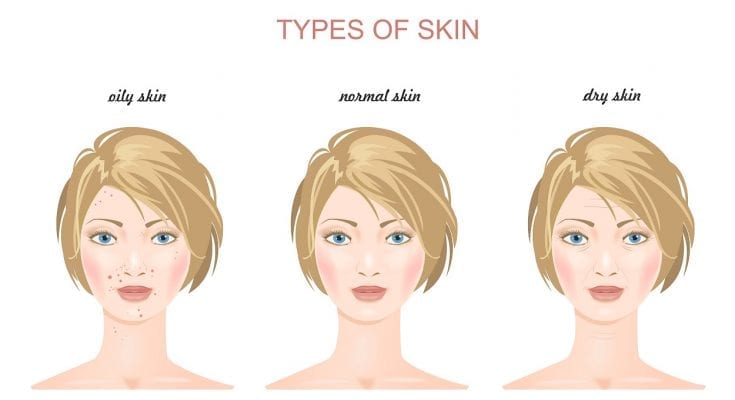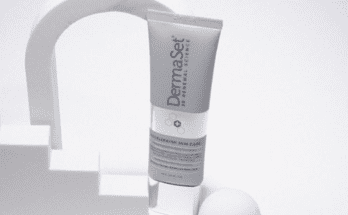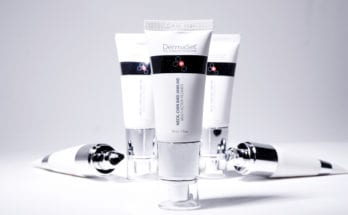One of the biggest beauty-related concerns individuals have are related to skin type. For some their skin feels too flaky or tight whereas for others it gets greasy really fast. This is because everyone has a different skin type. Although you may know your skin type, there is a chance that it might change over time, but keep in mind, this change does not occur overnight. Therefore, it is important to always give your skin the TLC it requires so you can keep your skin as flawless as possible.
An individual’s skin type depends on external factors (sun exposure, pollution, weather, and skin care products) and internal factors (medication, skin disorders, stress, diet, hydration, and stress).
Since everyone has their own skin type, it is important to be able to identify it.
Different Skin Types
Here are the most common skin types:
Normal
This skin is clear and smooth. The pore size is small and sometimes pores are not even visible. The production of moisture and sebum is normal as well. The skin tends to shed layers and cells normally and this skin rarely has flaws.
Oily
This skin is easily characterized by the shiny appearance that occurs due to the excessive production of sebum. Sebum is oils, fats, and waxes that excrete from an individual’s sebaceous glands. Individuals with oily skin have large pores, they are prone to acne/blackheads, and they have thick skin.
Dry
This skin is uneven and dull. Individuals that have dry skin will lack elasticity in their skin, which is why they will get wrinkles and fine lines earlier. The common features of this skin type are rough areas, peeling, red patches, and cracking.
Combination
This is the most common skin type. It is a combination of oily and dry skin. Individuals with this skin gets dry around their eyes and cheek area and oily in the T-zone (chin, nose, and forehead). This skin also has shiny skin and large pores in some areas, meaning it is prone to blackheads and pimples.
There is also mature skin. Here is a basic skin care guide to deal with this skin type.
Determining Skin Type
The best (and most reliable) way of determining your skin type would be to pay a visit to your dermatologist. Your dermatologist will carefully examine your pores and the production of moisture and sebum to accurately determine what your skin type is. However, if you do not have the time to go to a dermatologist, there is a way you can figure it out at home.
When determining it at home, you will need to wash your face with a cleanser, and pat it dry, gently. After drying, make sure you are leaving your skin naked. This means, you cannot apply any products on your skin.
After an hour or so, look at your face and see how it feels. Does your skin feel tight when you squint or smile? Has your skin become shiny?
Now, take a tissue or blotting paper and dab it on your face. Once you do that, look at how much oil has accumulated on it. If the tissue is oil free and your skin feels tight, you have dry skin. But if the tissue is clean but your skin is hydrated, you have normal skin. When there is a lot of oil on the tissue, you have oily skin, if there is oil coming from your T-zone area, but not from the other areas, you have combination skin.
Now that you know your skin type, it is important to provide it with the right beauty regimen. Make sure you are taking measures to keep your skin flawless and hydrated.
Moreover, every skin type has its own set of products, so make sure you are choosing wisely.




